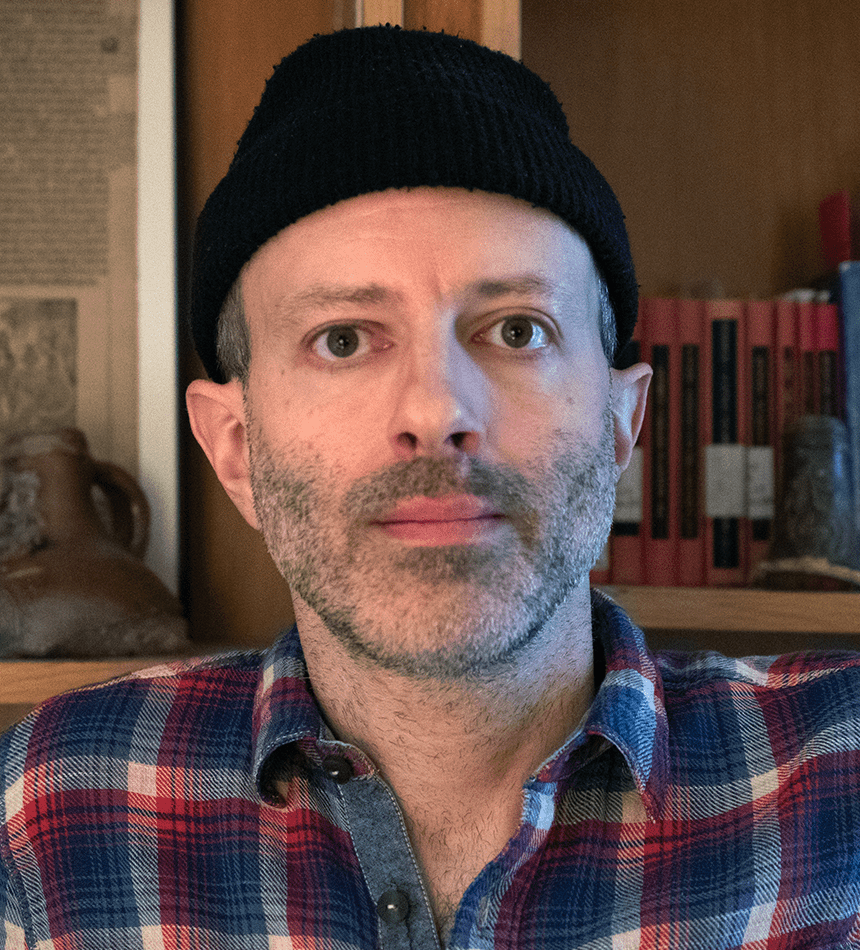G-60. Evidence in Handpress-Era Books, 1450–1830
Aaron T. Pratt
Course Length: 30 hours
Course Week: 7–12 June 2026
Format: in person, University of Texas at Austin in Austin, TX
Fee: $1,495
Built around the collections of the Harry Ransom Center, participants in this course will develop bibliographical and historical literacies for studying books printed in Europe and its colonies between the years when Gutenberg and his team developed their technology for printing with movable type and a new epoch marked by the machine press and widespread use of stereotype. To the extent possible in a week, the class will attend to the full lifecycle of handpress-era books, from the practices of early printers, booksellers, binders, and readers to the activities of the modern antiquarian dealers, collectors, and institutions, that preserve them for us today. The technical language and techniques of bibliography will stand alongside the toolkit of the historian—and the modern genealogist—to help us identify and understand traces of human agency in books, traces that give us purchase on some of the central questions of the humanities: what in culture have people valued and how and why have they valued it?
Participants will study a wide range of printed media in person and in online facsimile, from slim pamphlets of poetry and propaganda to pulpit Bibles and imposing multi-volume travel narratives. Students will even look at things that hardly qualify as books at all: posters, handbills, and printed forms. Along the way, the class will find a lot of manuscript material, too. Sessions will focus on identifying and interpreting different types of evidence: traces of the printing process itself; printing surfaces (mostly paper); bindings and housings; repairs; marks of ownership; annotations; and other types of inscriptions, including those by librarians and members of the book trade.
There will be opportunities in the curriculum for participants to work with books that they select themselves, and those hoping to dedicate time to their own research at the Ransom Center are invited to extend their visit.
Course History
Faculty

Aaron T. Pratt
Aaron T. Pratt is Carl and Lily Pforzheimer Curator of Early Books and Manuscripts at the Harry Ransom Center, a special collections library, archive, and museum at The University of Texas at Austin. He also teaches and advises graduate students as faculty in the Department of English. Before taking on these roles in 2017, he was Assistant Professor of English at Trinity University in San Antonio and ran a small business as an antiquarian bookseller. He is also a founding member of the Andrew W. Mellon Society of Fellows in Critical Bibliography (SoFCB) at Rare Book School. Pratt’s research focuses on bibliography, the history of the book, and the literature and culture of early modern England. He has presented and taught on these topics extensively, and his writing has appeared in several venues, including The Library, Shakespeare Quarterly, Shakespeare Studies, the Times Literary Supplement, and edited collections published by Oxford and Cambridge (1,2). His first major exhibition, The Long Lives of Very Old Books, was on view at the Ransom Center in 2023.
Full Bio »